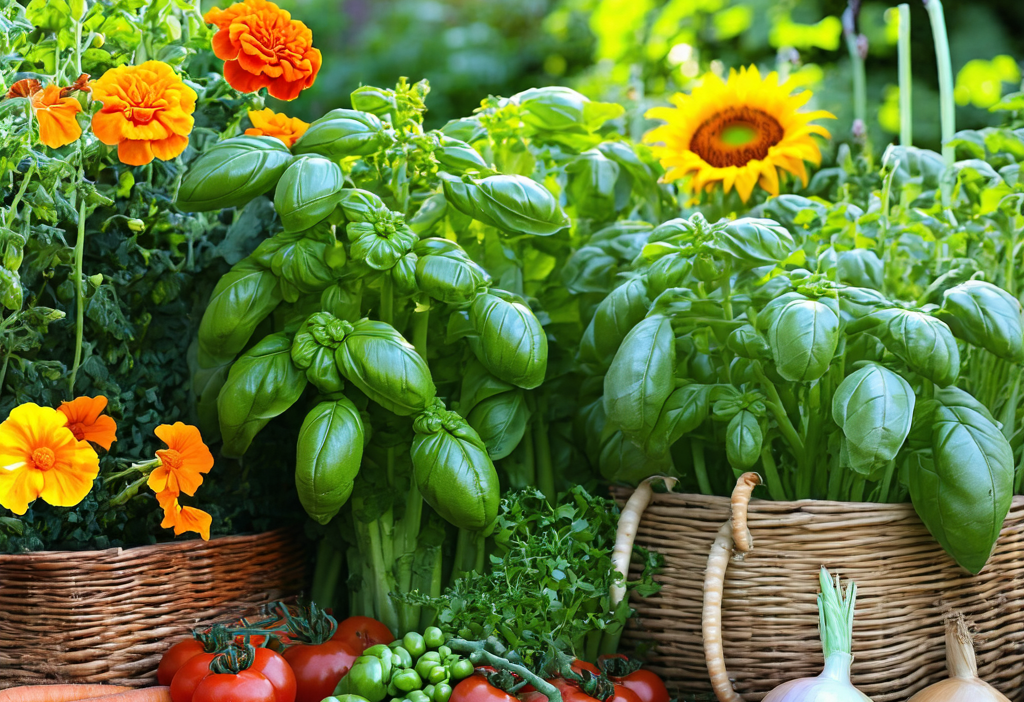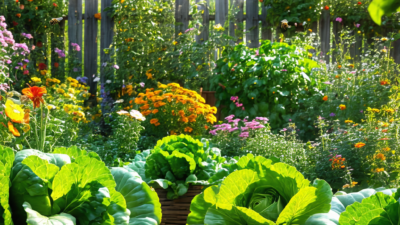Discover the Joy of Companion Planting: A Guide to Growing Success
Gardening is more than just planting seeds and waiting for results—it’s about creating a harmonious ecosystem where plants work together. Companion planting is an age-old technique that has gained renewed popularity among gardeners seeking natural, sustainable ways to enhance their gardens. Whether you’re a seasoned gardener or just starting out, this guide will walk you through the ins and outs of companion planting, helping you create a thriving, productive garden.
What is Companion Planting?
Companion planting involves growing different plants together in a way that benefits both. This practice can deter pests, improve soil health, attract beneficial insects, and maximize space. It’s all about understanding which plants complement each other and which ones clash.
Why Companion Planting Matters
Here are some key reasons to embrace companion planting:
- Pest Control: Certain plants repel pests, reducing the need for chemical treatments. For example, marigolds deter nematodes and aphids.
- Soil Enrichment: Legumes like beans fix nitrogen in the soil, benefiting neighboring plants such as corn and squash.
- Space Optimization: Growing complementary plants together maximizes yield without overcrowding. Corn, beans, and squash (the Three Sisters) are a classic example.
- Biodiversity: A diverse garden is more resilient to pests and diseases.
Top Companion Planting Pairings
Some of the best plant pairings include:
- Tomatoes & Basil: Basil repels pests like aphids and enhances tomato flavor.
- Carrots & Onions: Their strong scents confuse pests, reducing infestations.
- Zucchini & Nasturtiums: Nasturtiums act as a trap crop for aphids, protecting zucchini plants.
- Sunflowers & Climbing Beans: Sunflowers provide shade and support for beans.
Tips for Successful Companion Planting
To make the most of companion planting, follow these tips:
- Research Local Conditions: Plants behave differently in various climates. Check which pairings work best in your area.
- Consider Growth Habits: Pair tall and short plants to maximize sunlight use without shading each other excessively.
- Rotate Crops Annually: Prevent pest buildup and soil depletion by rotating plant families each year.
- Add Pollinator-Friendly Plants: Flowers like calendula and lavender attract bees, enhancing pollination for fruiting plants.
Troubleshooting Common Issues
Even the most experienced gardeners encounter challenges. Here’s how to address common problems:
- Pest Outbreaks: If pests overwhelm your plants, introduce beneficial insects like ladybugs or use organic sprays.
- Nutrient Competition: Ensure soil is rich in organic matter and consider crop rotation to maintain fertility.
- Overcrowding: Plan spacing carefully to allow each plant enough room to grow without competing for resources.
Conclusion: Start Companion Planting Today
Companion planting is a rewarding way to create a healthier, more productive garden. By choosing the right plant pairs and following best practices, you can enjoy bountiful harvests while fostering a balanced ecosystem. Happy gardening!
Further Reading & Resources
Want to learn more? Explore these resources:
- Rodale Institute: Learn about organic farming and plant relationships.
- UC Davis Extension: Discover local gardening tips and plant guides.





